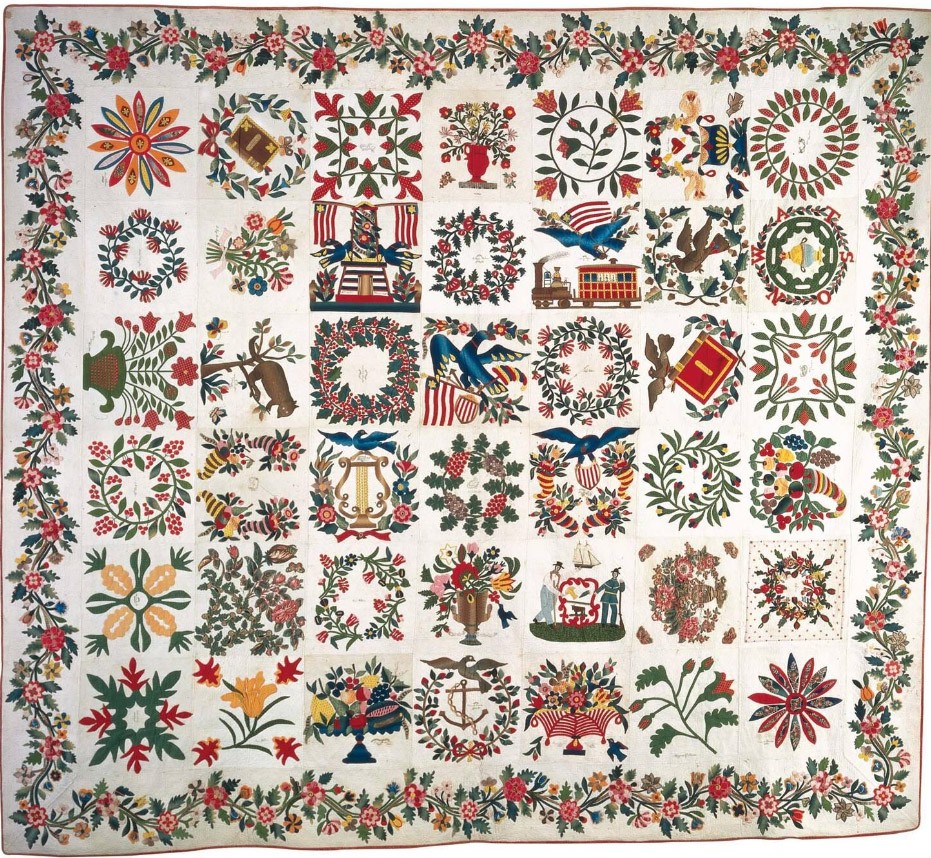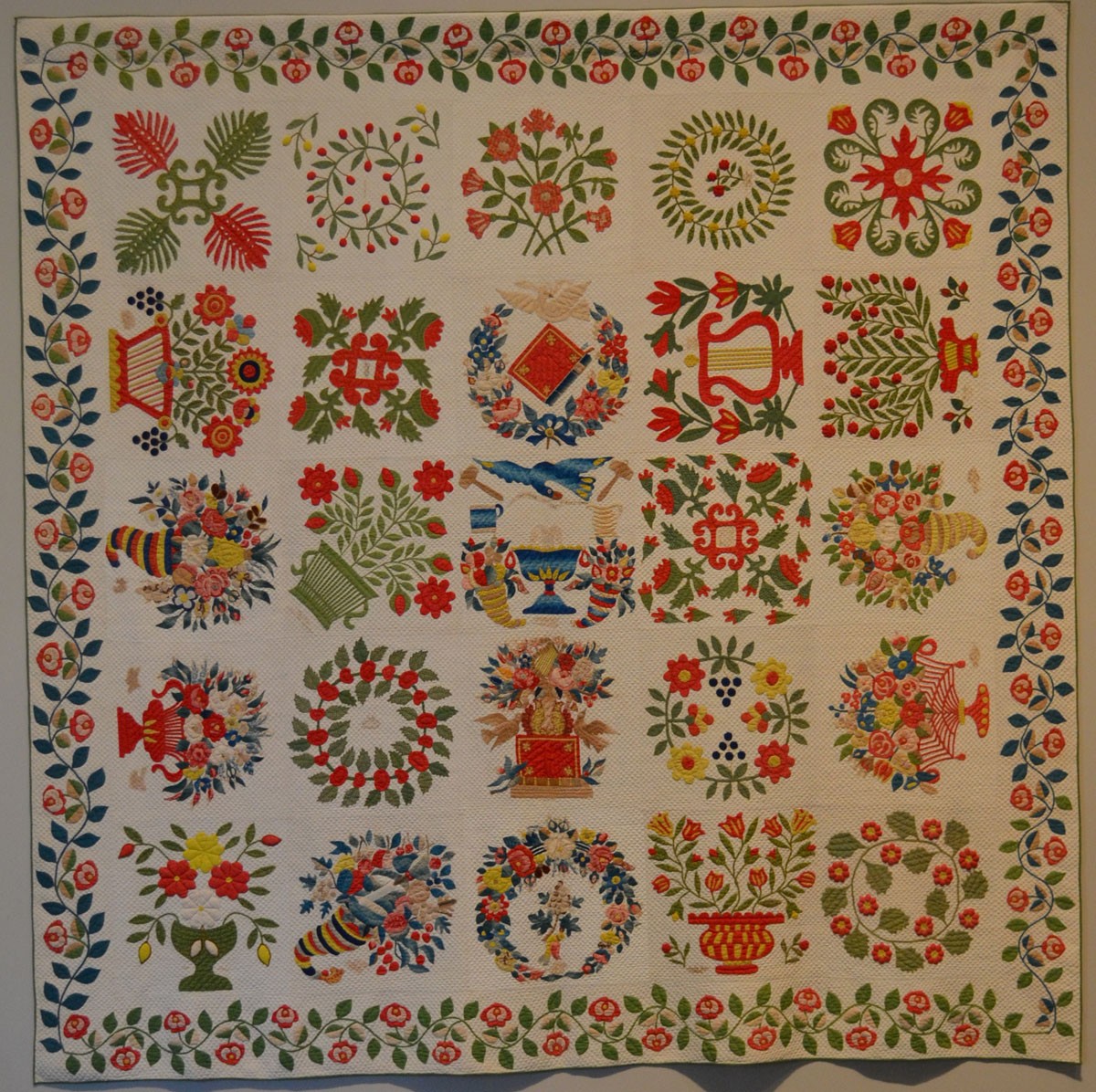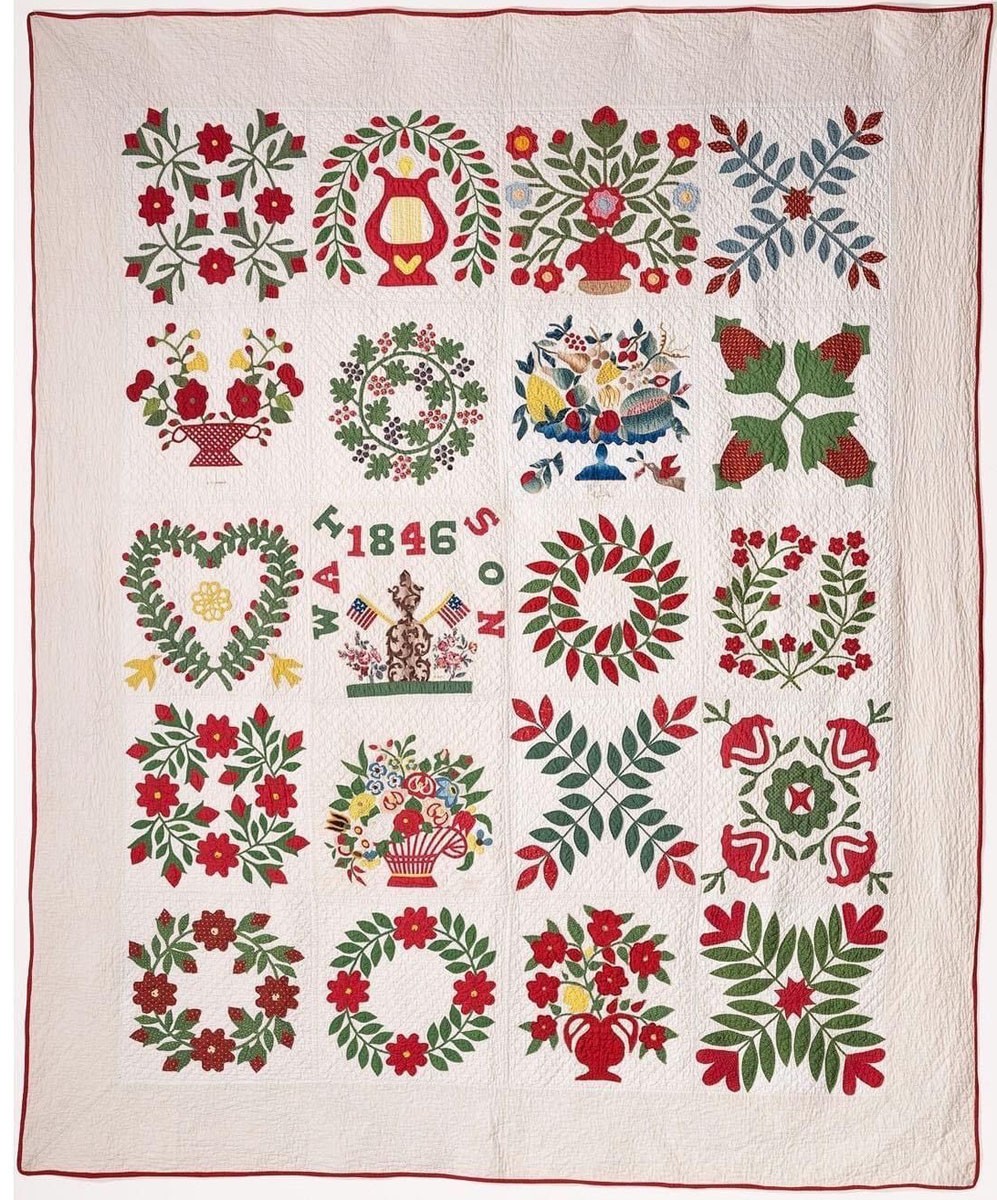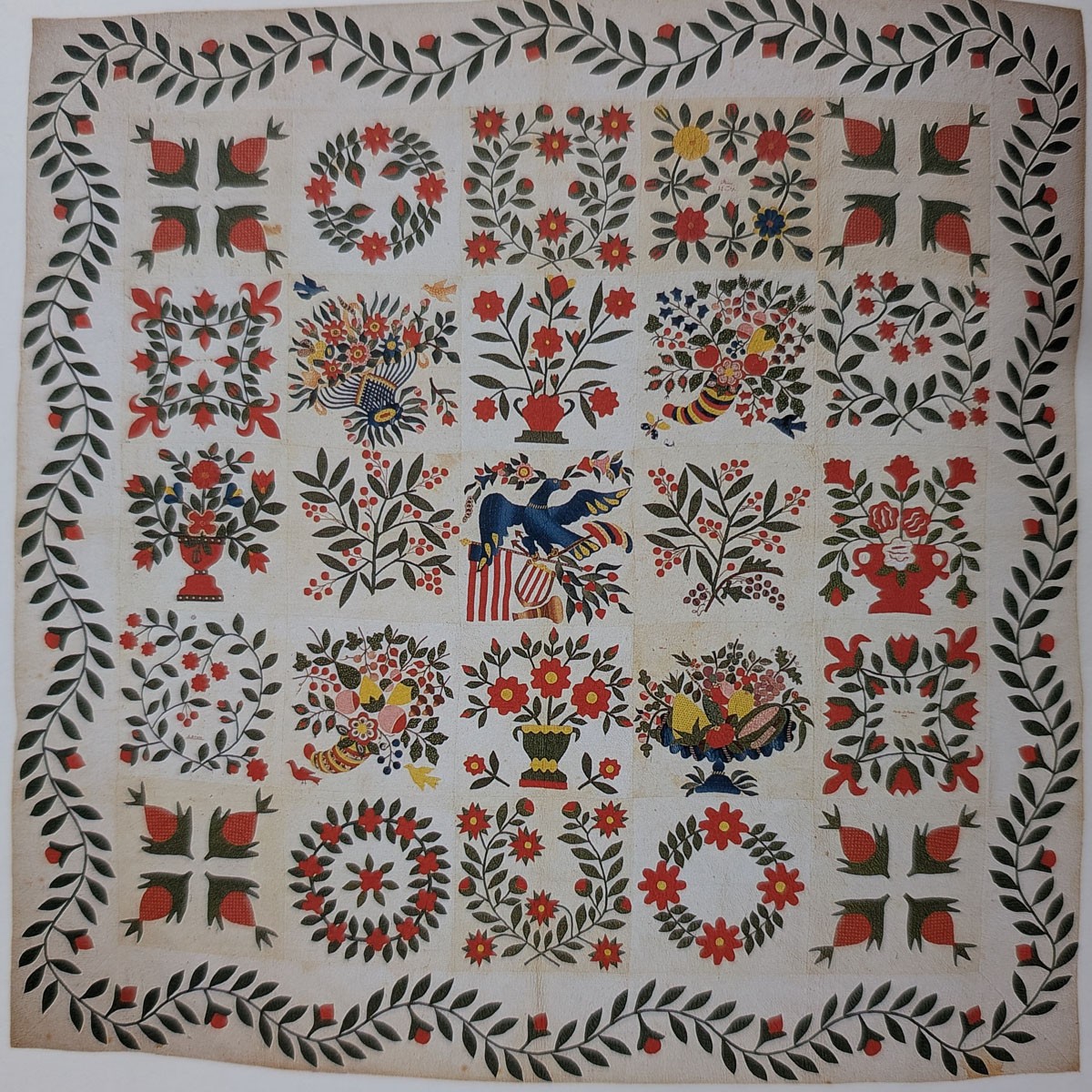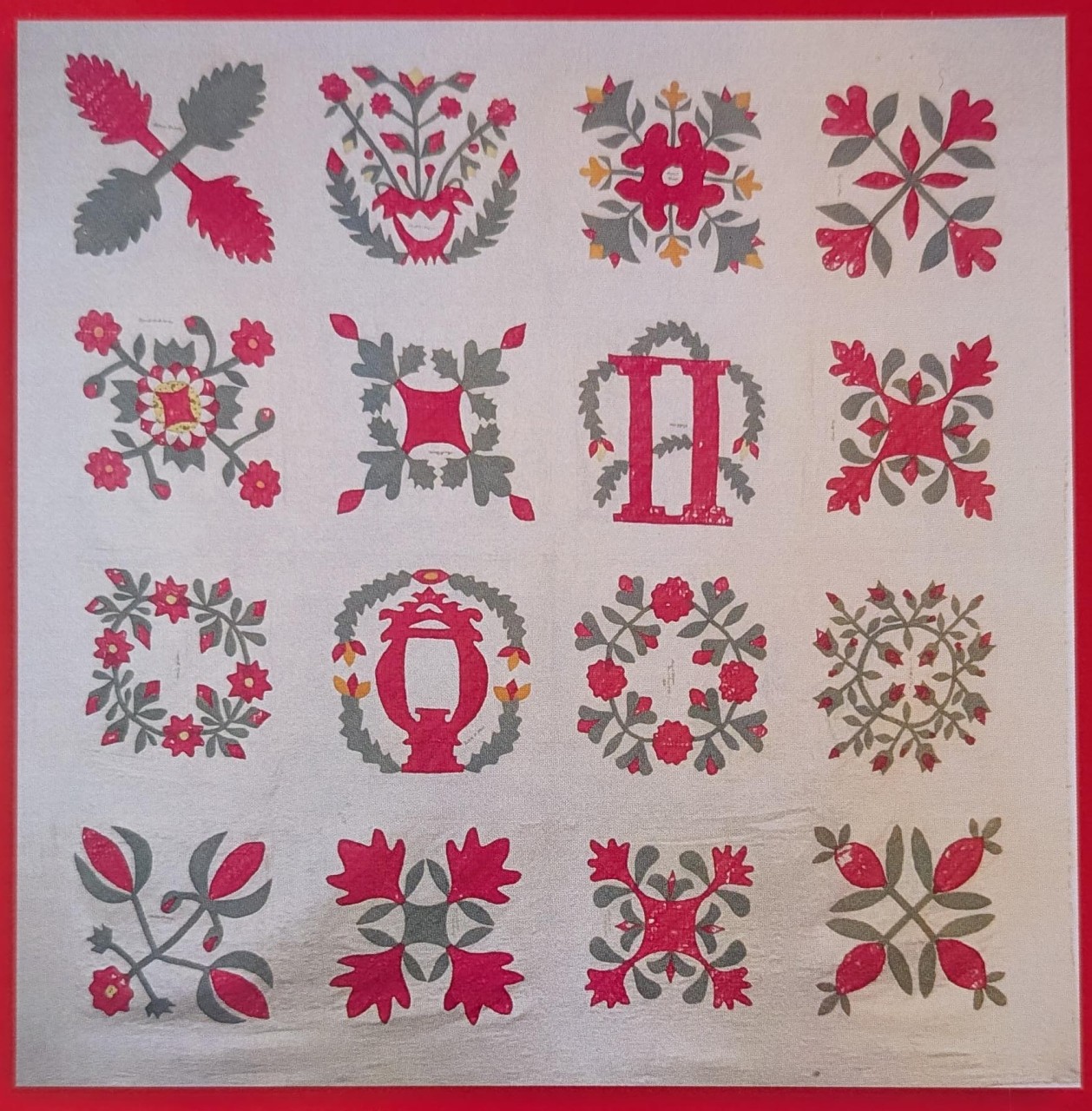
We don’t often spend time in our blog talking about Quilt & Textile Collections. We’ve previously used it to showcase ongoing research. However, there are some upcoming plans we need to share with you. First, we’ve decided to focus our energies on the places where we have more interactions with our friends and quilt community. Our website is very static and updating it was difficult, so we didn’t really have much interaction with you, our fellow quilters. So, we’ve decided to let the website go and instead will focus our attention on Facebook, Instagram, and Etsy. Since our website is going away, we will have a new email address: triplettsisters@gmail.com I’ll continue to be responsible for the email, but you’ll be able to reach both of us at the one email. Regarding all the research on...


